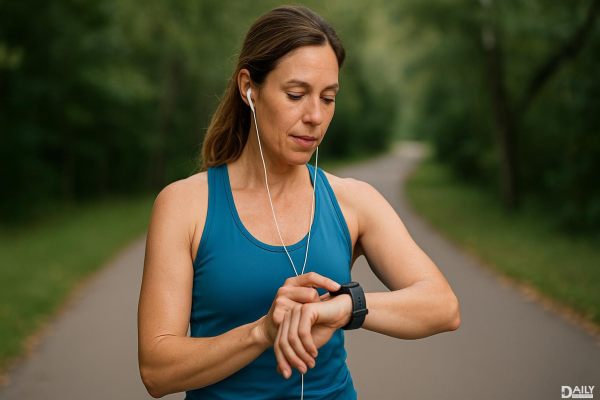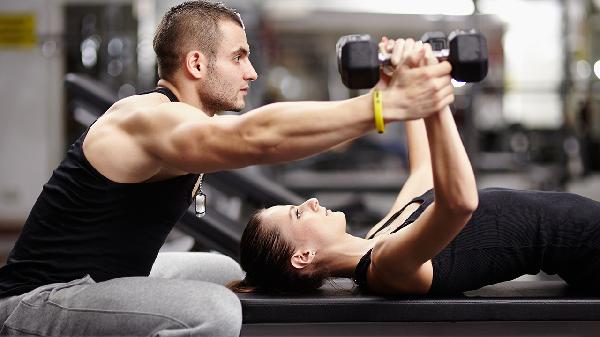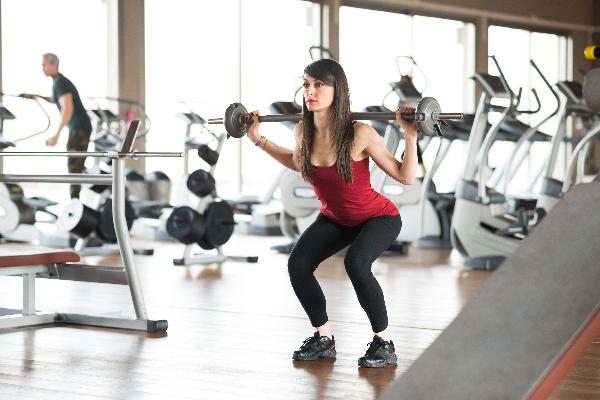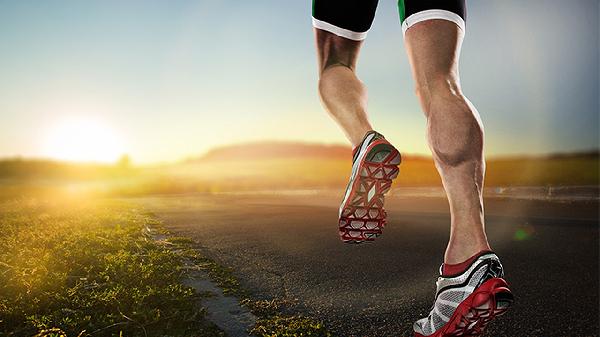Turning 50 doesn’t mean slowing down—it’s the perfect time to embrace movement that keeps you strong, flexible, and full of energy. The right exercises can help women maintain muscle mass, boost metabolism, and even improve mood, making them feel youthful and vibrant. Here are 10 powerhouse moves designed specifically for women over 50 to stay active, agile, and confident in their bodies.
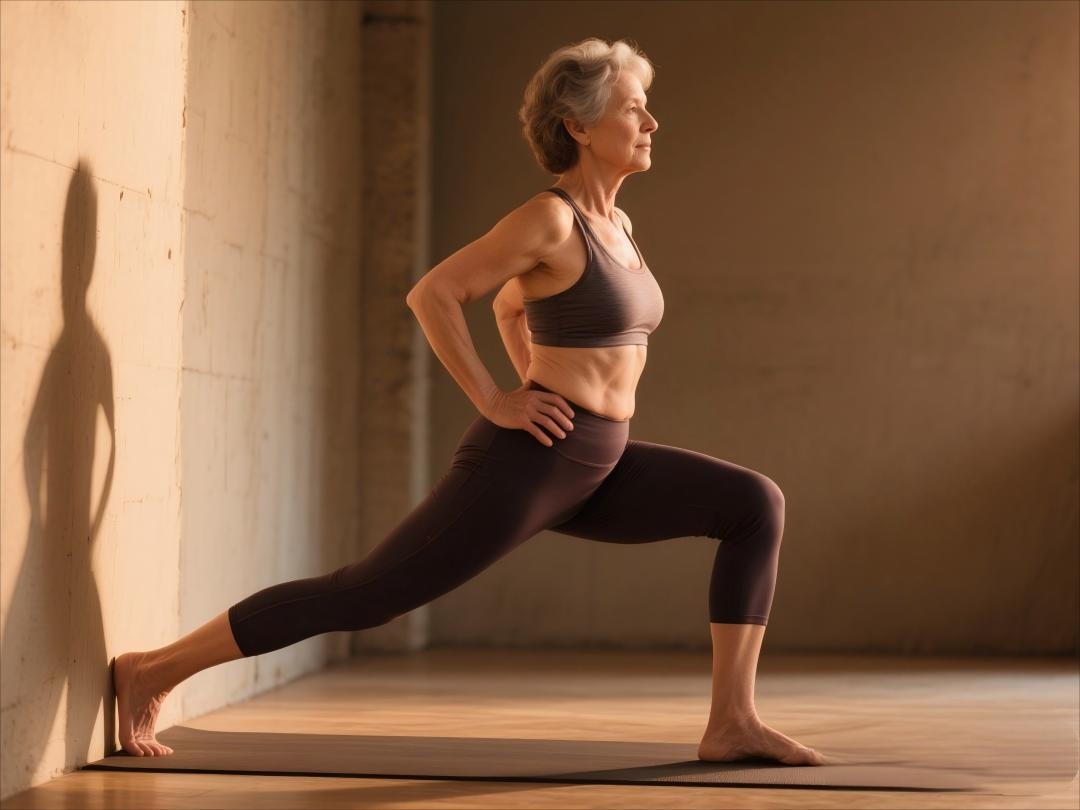
Let’s start with the queen of all exercises—squats. They target your glutes, quads, and hamstrings while improving balance and bone density. Stand with feet shoulder-width apart, lower your hips as if sitting in a chair, then press back up. If balance is tricky, hold onto a sturdy surface. Add resistance bands or light dumbbells as you get stronger. Squats aren’t just for gym rats; they’re functional movements that make daily activities like climbing stairs a breeze.
Forget crunches—planks are the real MVP for core strength. A strong core supports your spine, improves posture, and reduces back pain. Start on your forearms and toes, keeping your body in a straight line from head to heels. Hold for 20–30 seconds, working up to a minute. Modify by dropping to your knees if needed. Bonus? Planks also engage your shoulders and glutes, giving you a full-body burn without a single crunch.
Lunges are like a secret weapon for toned legs and better coordination. Step forward with one foot, lowering until both knees form 90-degree angles, then push back up. Walking lunges add movement, challenging stability while building endurance. If you’re new to lunges, practice stationary ones first or use a wall for support. Over time, this move helps prevent falls by strengthening the muscles needed for steady strides.
Push-ups aren’t just for boot camp—they’re essential for maintaining upper body strength, which often declines with age. Start against a wall or on your knees, keeping your core tight as you lower and lift. As you progress, try standard push-ups on your toes. Strong arms and shoulders make carrying groceries, lifting grandkids, or even gardening way easier. Plus, they help combat the “hunched shoulders” posture that can creep in over time.
This underrated move targets the glutes and hamstrings while being gentle on the joints. Lie on your back with knees bent, lift your hips toward the ceiling, and squeeze your glutes at the top. Hold for a few seconds before lowering. For extra intensity, place a resistance band above your knees or try single-leg variations. Strong glutes support your lower back and improve hip mobility—key for staying active without aches.
Hunching over phones or desks weakens the upper back. Seated rows (using resistance bands or a cable machine) pull your shoulders back, strengthening the muscles between your shoulder blades. Sit tall, pull the band or handles toward your ribs, and squeeze your shoulder blades together. This move fights rounded shoulders and helps you stand taller—literally. Good posture isn’t just about looking confident; it reduces strain on your spine.
Low-impact doesn’t mean low results. Tai Chi and yoga improve flexibility, balance, and stress management—critical after 50. Flowing through poses like Warrior or Tree Pose builds strength while calming the mind. Even 10 minutes daily can reduce joint stiffness and boost relaxation. Many studios offer gentle or chair-based classes, making it accessible for all fitness levels. Think of it as a moving meditation that keeps you limber.
Water workouts are a game-changer for women with joint pain. Swimming laps or joining a water aerobics class provides resistance without impact, boosting cardiovascular health and muscle tone. The water’s buoyancy supports your body while challenging your muscles in new ways. Plus, it’s a social activity—many pools have lively classes where you can sweat (without overheating) and laugh with friends.
Deadlifts sound intense, but done correctly with light dumbbells or kettlebells, they’re a powerhouse for functional fitness. Hinge at your hips, keep your back flat, and lift weights while engaging your glutes and hamstrings. This move mimics picking up objects from the floor safely, reducing injury risk in daily life. Start with bodyweight or very light loads, focusing on form over heavy lifting. Your future self will thank you when bending feels effortless.
Who says workouts can’t be fun? Dancing—whether Zumba, salsa, or freestyle in your living room—gets your heart pumping while releasing endorphins. It improves coordination, memory (learning steps counts as brain exercise!), and stamina. No need for fancy moves; just groove to your favorite tunes for 20–30 minutes. The best part? You’re more likely to stick with exercise when it feels like play, not punishment.
Consistency beats intensity every time. Mix these moves into your routine 3–4 times weekly, listening to your body and progressing at your pace. Pair them with balanced nutrition and hydration, and you’ve got a recipe for feeling strong, energized, and downright unstoppable after 50. Age is just a number—your body’s potential isn’t.
